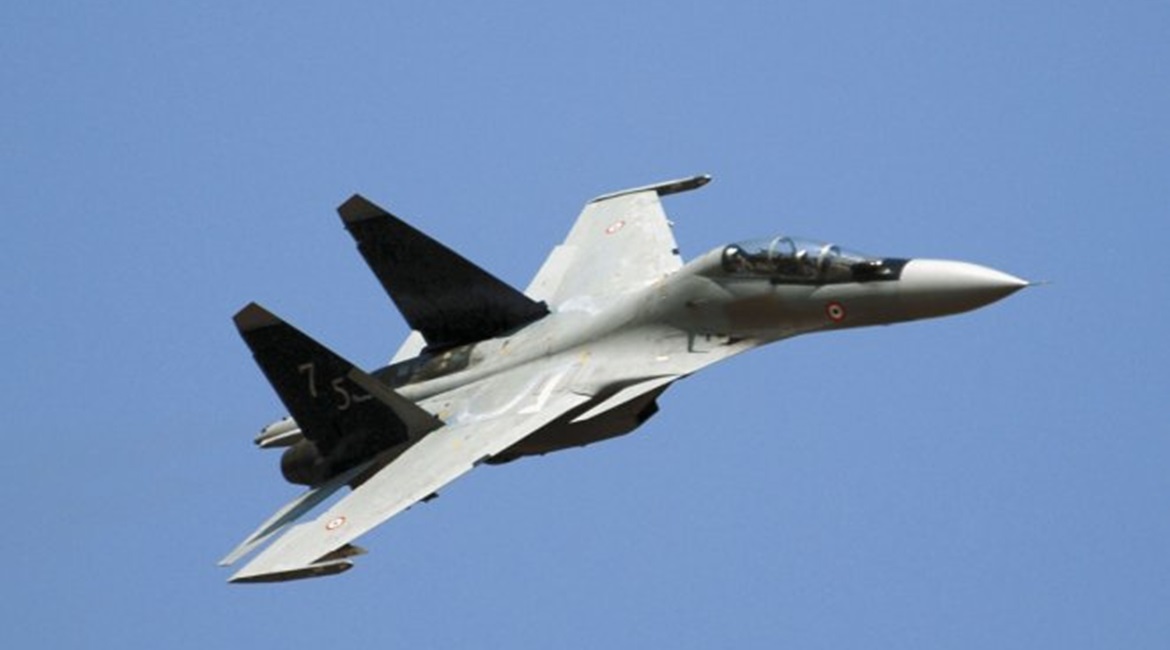
The Indian Air Force (IAF) must address the need to upgrade its fleet of Russian-made Sukhoi Su-30MKI fighters, according to a former senior commander of the service.
Speaking at the 4–5 February Electronic Warfare Asia symposium in Singapore, retired Air Marshal Daljit Singh said, “The Sukhoi is quite obviously a superb and powerful platform. In terms of the carriage capability and its range it has great utility but the reality is that the programme originally came online in 1997 and there have been numerous technological advancements since then that dictate an update for the aircraft.”
The IAF has acquired more than 250 of the type, most of which have been licence-assembled at the Hindustan Aeronautics Ltd (HAL) plant in Nasik, India.
Singh said two key elements in the Su-30MKI – the radar and the electronic warfare (EW) suite – are falling behind the current state-of-the-art elements and need to be upgraded. The radar is the NIIP N011M Bars radar, which is only a passive electronically scanned array (PESA) system and would need to be replaced with an active electronically scanned array (AESA) radar to give Su-30MKI crews a higher level of situational awareness.
The EW suite is a greater challenge in that the aircraft’s large radar cross-section makes a robust self-protection capacity mandatory. The aircraft’s current EW suite is a variant of the Russian-produced KNIRTI SAP-518 wingtip-pod-mounted system, which can be augmented by the SAP-14 centreline stand-off jamming module.
“The Russian EW is very effective; there is no question about that,” said Singh. “But what the Russians did not tell us is what a negative impact the pods have on the Sukhoi’s aerodynamic performance.”

Looking to read the full article?
Gain unlimited access to Janes news and more...






